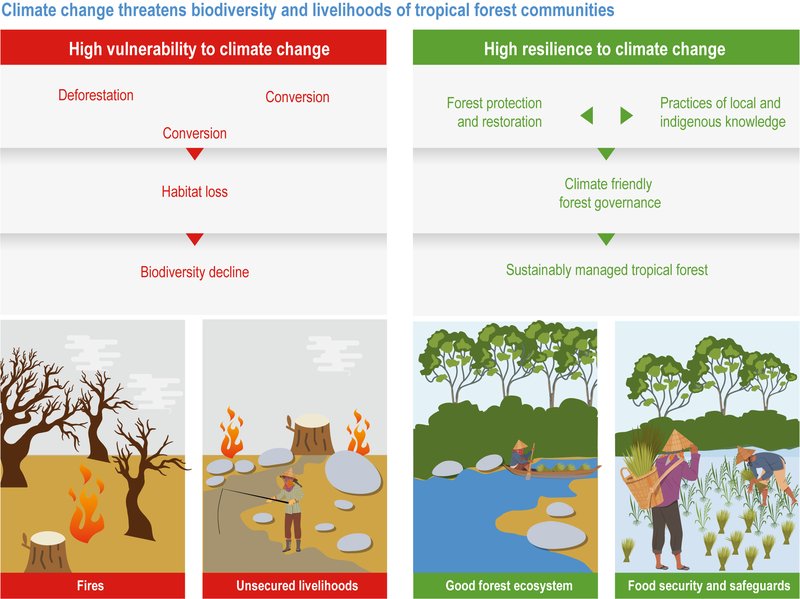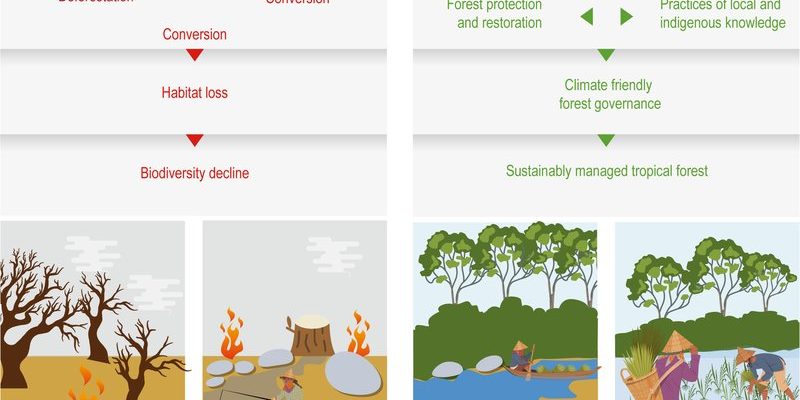
Imagine the mantid as the silent guardian of your garden, quietly keeping pests in check while contributing to the ecosystem in unexpected ways. However, as temperatures rise and weather patterns shift, these guardians face new challenges. The world around them is changing at a pace that may be tough for them to handle. So, what exactly is happening to these fascinating insects, and why should we care? Let me explain.
What Are Mantids and Why Do They Matter?
Mantids belong to the order Mantodea and are best known for their unique posture and predatory behavior. These insects have a triangular heads and long, spindly limbs, giving them a somewhat alien appearance. You might have seen one perched on a plant, waiting patiently for a chance to catch their next meal. They are voracious hunters, often preying on other insects like flies and spiders.
But their role goes beyond just keeping pest populations in check. Mantids are also vital for pollination and serve as a food source for various birds and reptiles. When we lose or diminish their populations, we disrupt the balance of the ecosystem. This is why understanding the impact of climate change on mantids is so important.
How Climate Change Affects Mantid Habitats
Climate change is primarily driven by human activity, especially the burning of fossil fuels. This leads to an increase in greenhouse gases, which warms our planet. For mantids, warmer temperatures and erratic weather can drastically alter their habitats. Here’s how:
- Temperature Changes: Mantids thrive in certain temperature ranges. As temperatures rise, it may push them out of their preferred environments, affecting their survival and reproductive success.
- Habitat Loss: Deforestation and urban development, exacerbated by climate change, lead to habitat destruction. Less natural space means fewer places for mantids to live, thrive, and hunt.
- Food Availability: Changes in climate can impact the populations of the insects mantids eat. If their food sources decline or become less predictable, mantids face starvation.
It’s quite tragic when you think about it. The tiny guardians of our gardens are losing their homes and resources, all while we’re trying to figure out how to tackle climate change on a bigger scale.
Impact on Mantid Behavior and Life Cycle
The life cycle of mantids involves a fascinating transformation from egg to nymph to adult. However, climate change is influencing this process in several ways.
- Reproductive Timing: Warmer temperatures may cause mantids to breed earlier in the season. This could lead to mismatches between the timing of their life cycle and the availability of food, threatening their offspring’s survival.
- Development Rates: Increased temperatures can accelerate their growth but also stress their bodies. For instance, if a mantid grows too quickly without enough food, it may not mature into a healthy adult.
- Winter Survival: Mantids typically lay eggs that survive through winter. However, milder winters can lead to earlier hatching. If there’s still winter weather ahead, newly emerged nymphs may not survive cold conditions.
Think of it this way: it’s like trying to bake a cake that needs a specific temperature and timing. If you change one factor drastically, the whole outcome could be off, resulting in a flat, unappetizing mess.
Shifts in Geographic Distribution
Climate change is not just a local issue; it’s a global one. As temperatures rise, we’re seeing shifts in where species, including mantids, can live. Mantids may begin to migrate to cooler areas or higher altitudes. This shift can lead to several challenges:
- Competition: As mantids move into new territories, they may face competition from other predatory insects that have already established themselves in the area.
- Adaptation Issues: Not all species adapt to changing conditions at the same rate. Some might not be able to cope with the fast-paced changes, leading to population declines.
- New Threats: Moving into unfamiliar territory may expose mantids to new predators, diseases, or environmental stressors they haven’t encountered before.
This dynamic is like a game of musical chairs, where the music is climate change, and if you don’t find a new seat fast enough, it can lead to dire consequences.
Conservation Efforts and What You Can Do
As climate change continues to impact mantids and their ecosystems, various conservation efforts are underway to protect these fascinating insects. Many organizations focus on habitat preservation, restoration projects, and education about the importance of mantids in our ecosystems.
While these initiatives are crucial, you can play your part too! Here’s how:
- Plant Native Flora: Encourage mantids by planting native plants in your garden. These plants attract other insects, providing food for mantids.
- Avoid Pesticides: Pesticides can harm mantids and their prey. Opt for natural pest control methods to support a healthy garden ecosystem.
- Educate Others: Raising awareness about the importance of mantids can help foster a greater appreciation for these creatures among your friends and community.
Every little action counts! After all, it’s our shared responsibility to protect these tiny creatures that play a big role in keeping our environment balanced.
The Future of Mantids in a Changing Climate
The future of mantids appears uncertain as climate change continues to reshape the planet. While some species may adapt or migrate, others are at risk of decline or even extinction. The interconnectedness of ecosystems means that when one species is affected, others will follow.
We can only hope that through concerted efforts in conservation and public awareness, we can help mantids navigate these challenges. As stewards of the earth, it’s crucial that we advocate for policies aimed at mitigating climate change and preserving natural habitats.
Maintaining the health of mantid populations is not just about saving a single insect. It’s about preserving the rich tapestry of life that these amazing creatures are a part of.
In the grand scheme of things, the fate of the mantid reflects a larger story about our planet. If we change our habits and attitudes, perhaps we can keep these incredible insects, and many others, thriving for generations to come.

